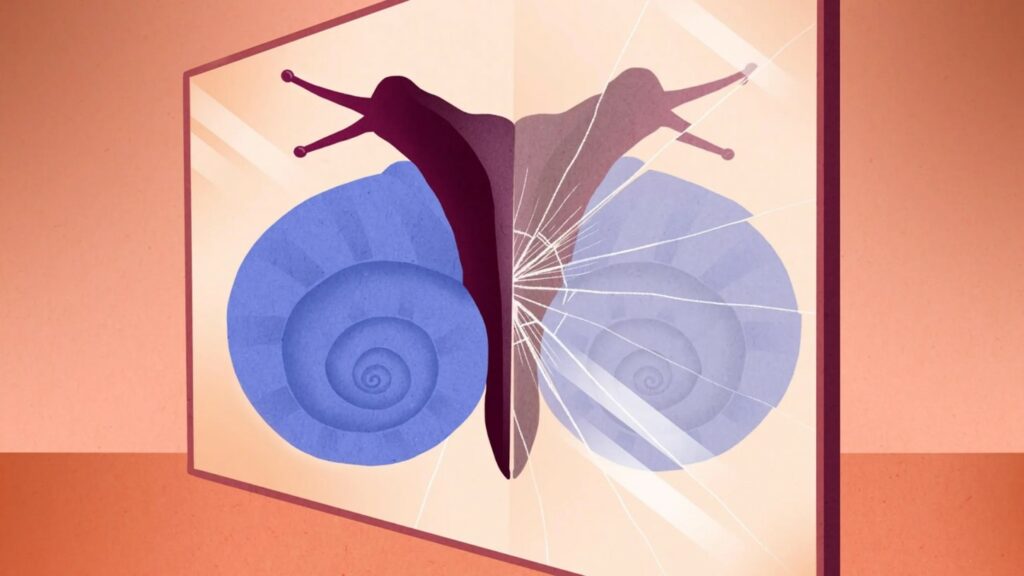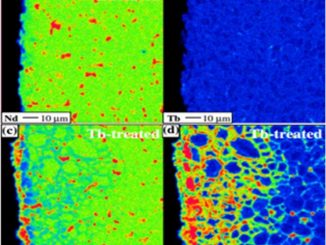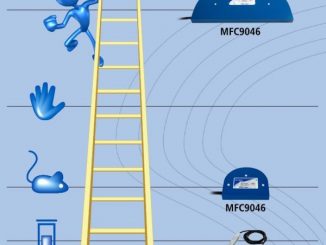
Living things are asymmetrical, even at the molecular level: Although many essential biomolecules exist in distinct mirror-image forms, cells tend to use just one of those forms exclusively. An article in Quanta Magazine sheds light on the concept of chirality and research into its origins involving primordial magnetism. A few excerpts of the fascinating article here:
In 1848, when Louis Pasteur was a young chemist still years away from discovering how to sterilize milk, he discovered something peculiar about crystals that accidentally formed when an industrial chemist boiled wine for too long. Half of the crystals were recognizably tartaric acid, an industrially useful salt that grew naturally on the walls of wine barrels. The other crystals had exactly the same shape and symmetry, but one face was oriented in the opposite direction.
The difference was so stark that Pasteur could separate the crystals under a magnifying lens with tweezers. “They are in relation to each other what an image is, in a mirror, in relation to the real thing,” he wrote in a paper that year.
Though Pasteur didn’t know it, in the crystallized dregs of that wine, he had stumbled across one of the deepest mysteries about the origins of life on Earth.
What he was seeing was a mixture of tartaric acid molecules that had identical atomic compositions and mirror-image arrangements of those atoms in space. They had the property later called “chirality” after the Greek word for “hand”: Just as our left and right hands are symmetrical opposites of each other, the left- and right-handed versions (or enantiomers) of the tartaric acid molecules are distinct and nonequivalent.
The significance of Pasteur’s observation went beyond the discovery of chirality — there was also the remarkable reason he was seeing it. The synthetic crystals were a mixture of the tartaric acid enantiomers because the boiling process allowed left- and right-handed versions to form in equal numbers. But in the natural crystals from wine barrels, all the tartaric acid molecules were right-handed — because the grapes used for the wine, picked from living vines, only made that enantiomer.
Chirality is a signature of life as we know it. Over and over, biochemists have found that when living cells use chiral molecules, they use one chirality exclusively. The sugars that make up DNA, for example, are all right-handed. The amino acids that make up proteins are all left-handed. If the wrong enantiomers slip into pharmaceuticals, the effects can sometimes be toxic or even lethal.
Recently, a group at Harvard University published a series of papers that present an intriguing solution for how life’s homochirality emerged. They suggest that magnetic surfaces on minerals in bodies of water on the primordial Earth, charged by the planet’s magnetic field, could have served as “chiral agents” that attracted some forms of molecules more than others, kicking off a process that amplified the chirality of biological molecules, from RNA precursors all the way to proteins and beyond. Their proposed mechanism would explain how a bias in the makeup of certain molecules could have cascaded outward to create a vast network of chiral chemistry supporting life.
For more info and to access the article, see www.quantamagazine.org.



